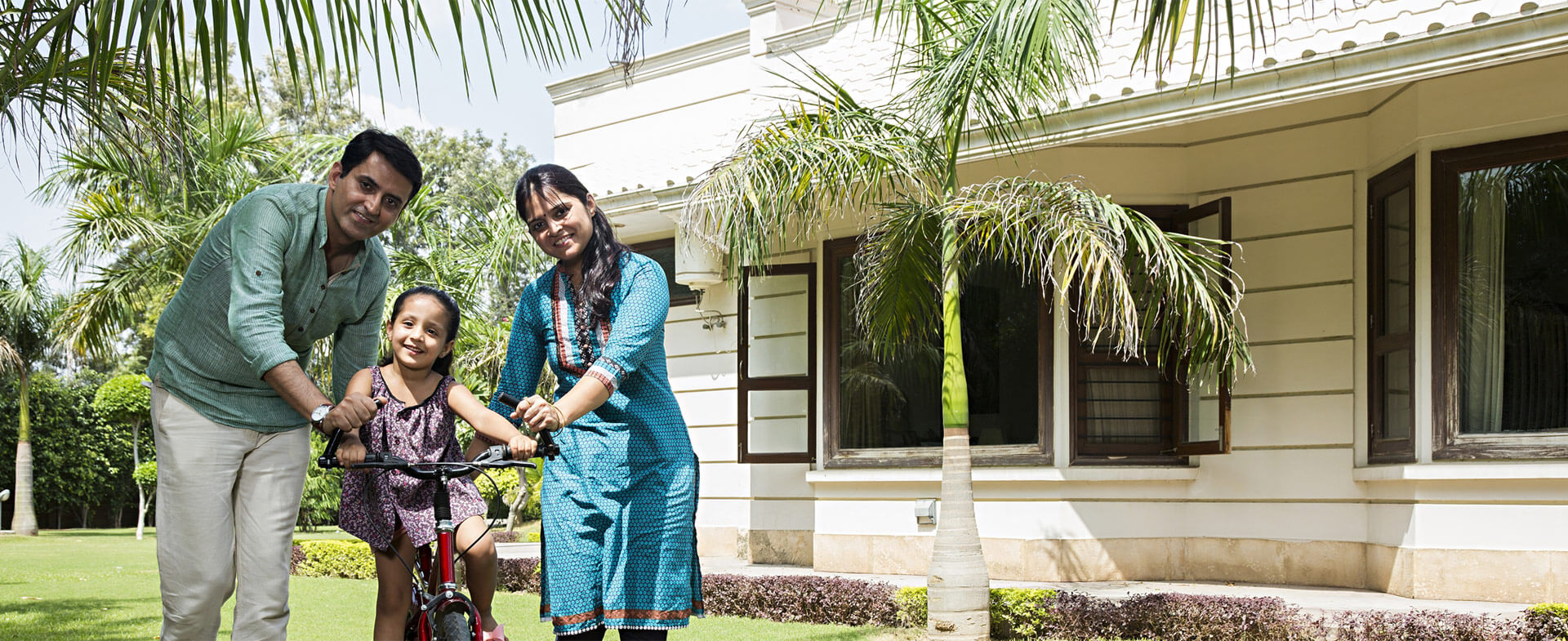
Your dream home should last for generations
use the best quality Cement.
Wabi-Sabi – Embracing the imperfections
Recently when I was watching an interview with a prominent celebrity, they referred to their home as having “wabi-sabi vibes”. So what is Wabi-sabi? Is this a new trend that has been making waves of late in the Interior Design industry? The short answer? No.
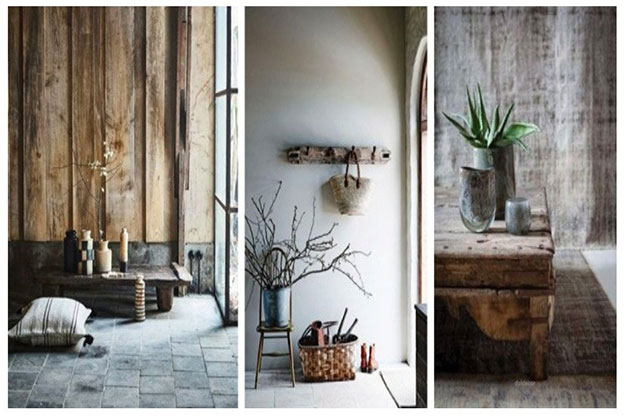
Wabi-sabi is a Japanese philosophy that is grounded in acceptance of what is transience and imperfect. This philosophy was developed around the 15th century as a reaction to overly decorated and ornamental architecture. The word ‘wabi’ means simplicity and the concept that drives us to live in harmony with nature, while ‘sabi’ means beauty and serenity that comes with age and time. In short, this ancient Japanese philosophy centers on embracing impermanence and imperfections.
So how do you center your interior design on this age old philosophy? It isn't the easiest thing to adhere to, especially when you’re so used to immaculate, curated interiors which are all trendy and brand new. Wabi-sabi tells us that homes aren't meant to be perfect, they’re meant to be lived in.
History:
Homes which are older have their own character and unique story that is told through its aged appearance and interiors. The legacy and style of the home, the people who lived their past and the lifestyle they led all created the home that is now. When your home has had a past there will be remnants of the life that the house had led. Wabi-sabi states that you should embrace the home as is. But there are some exceptions to the rule. “If it ain't broke, don't fix it”
As you come across things that need fixing, do so, don't buy a replacement for everything broken. Take time, don't get consumed by the consumerism of doing your interior up all over again. The idea is to show off your personality in a lived-in relaxed home full of your marks made from your daily routine. These time-worn objects that endure over long periods tend to capture memories that can be passed down.
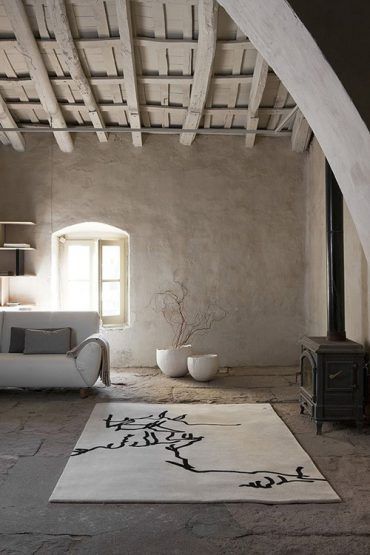
Natural:
When it comes right down to it, every material incorporated into your home is treated, cut, polished and morphed from its ‘natural state’ to its current form that fits your requirements. Wabi-sabi is a lifestyle that incorporates material in its natural state, so try and keep things as close to natural as possible. Choose material that is of good quality, select things made out of materials such as wood, metal and stone that age better over their synthetic counterparts. Other materials like bamboo, terracotta, linen, and raw fabrics such as wool too play into the wabi-sabi aesthetic.
To embrace wabi-sabi, accepting natural materials due to how well they show the passage of time is an integral part. Choose earthenware, pots and other cutlery that is made with natural clay and is glazed rather than machine made pottery. The idea here is that the worth of natural clay pot has more value and more sentimental bearing than that which is cold and machine made. Whichever material you use, remember authenticity is important.
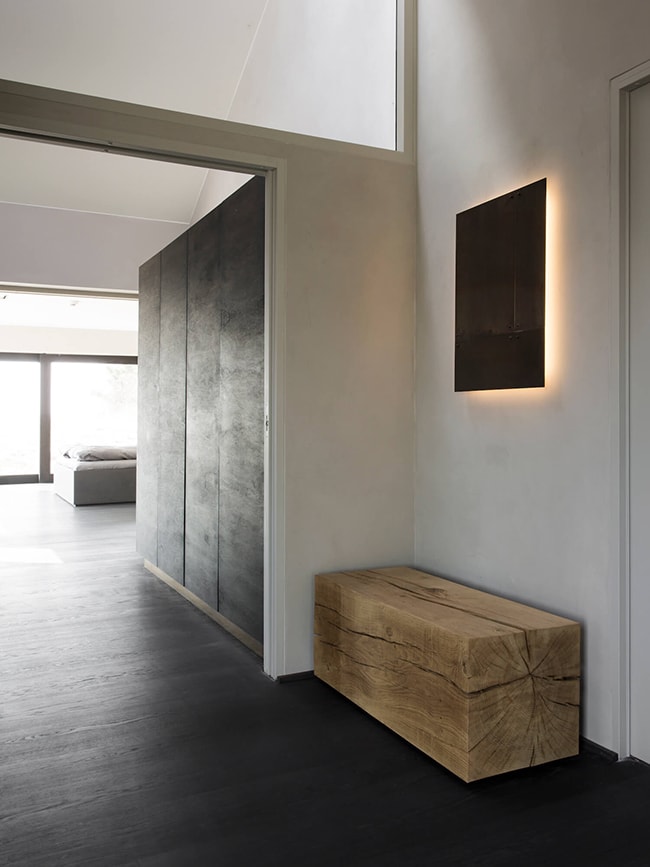
Reduce:
Rather than the modern minimalist movement where the focus is one sleek, sterile living space, Wabi-sabi aesthetic is based on removing all things unnecessary. If there is no function, then the item is deemed impractical and omitted. Decorations, ornamentation and useless objects of any kind that contain no emotional or practical value have no place in wabi-sabi.
Marie Kondo’s method of removing items that don't invoke any joy is being praised world over. Wabi-sabi and Marie’s method of decluttering have some similar parallels. Here too, hold onto objects that have sentimental value and a story, or something that is special or even ancestral over items that are there just for an aesthetic. Reduce anything that has no use and no deep emotional attachment. You’ll have to really consider what is important enough to take up your space. So choose wisely!
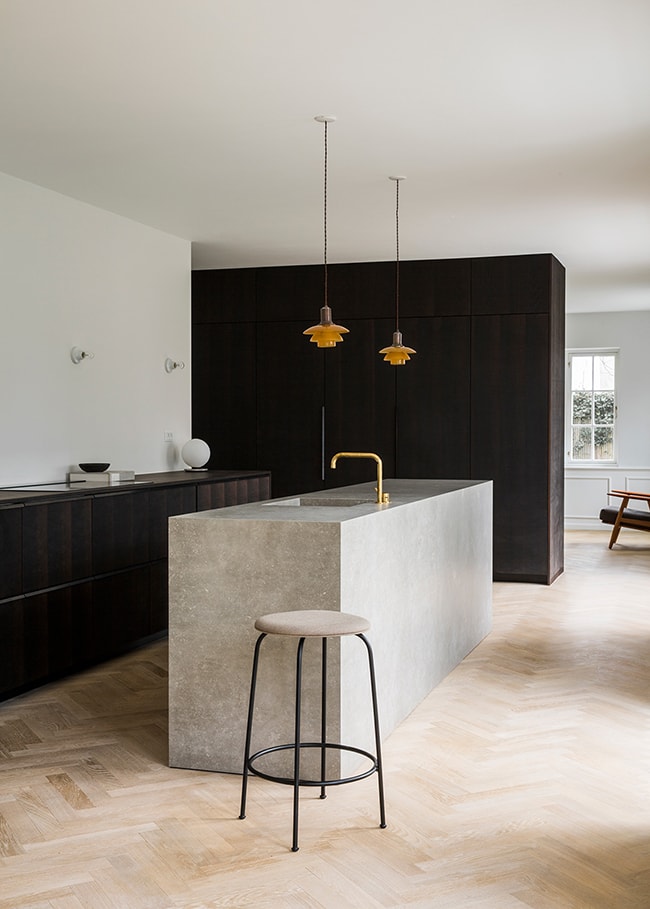
Neutral:
A crucial aspect of wabi-sabi is the design philosophy of straying away from bold colour that distracts from the tranquility of the space you’re trying to establish. Create a natural bond between your interiors to the outside world by sticking to natural earth tones and an otherwise neutral palette. Soft terracotta colours, natural linen dyes and organic designs with these colour schemes all fit into the role of the serene melancholy.
Expect the wabi-sabi aesthetic to continue to filter into places like the windows, which should maximise natural light. Keep getting inspired by nature, the colours are deep gray, plant green, blue and other colours that are subtle and found naturally. These shades are definitely easier to work with to make a seamless interior look wabi-sabi.
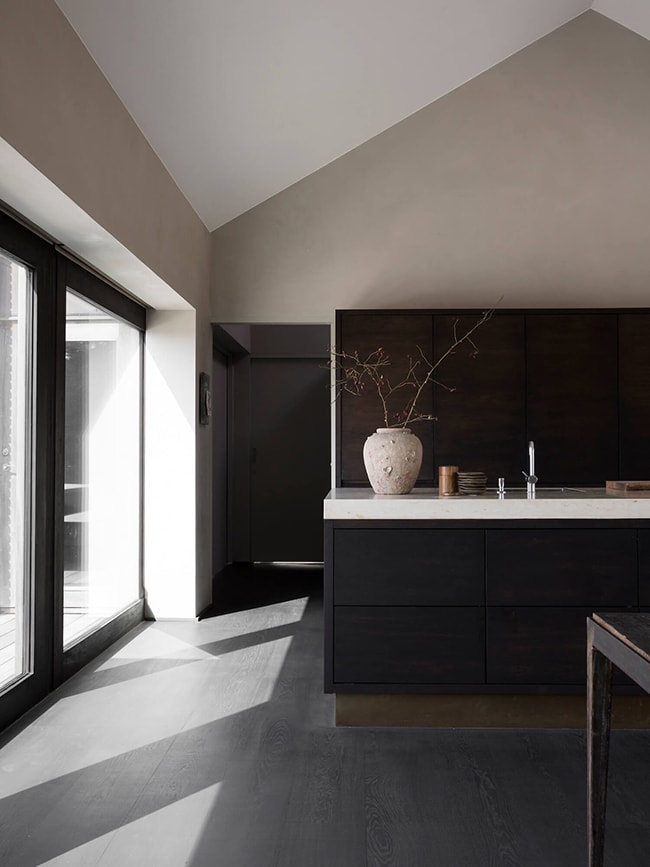
Conclusion:
Keep your furniture slightly away from the wall, this may seem counterintuitive but these few inches make spaces feel more expansive. Instead of small frames and hangings, stick to one large painting or art pieces perched onto a light coloured wall. Pay attention to the framing and keep it simple. Hanging one large piece above your sofa which is equally wide gives the appearance that the room is larger than it seems.There is an ancient Japanese practice called kintsugi, which is a beautiful artistic practice that repairs breakages with precious materials instead of discarding them. It takes something broken and makes it into something more beautiful and valuable. Wabi-sabi teaches us that everything can be repaired and appreciated. The beauty of wabi-sabi design is centred on a celebration of the marks, cracks and imperfections that appear in life’s journey. The heart of the concept lies in conscious consumption. The greed or consumerism and thoughtless consumption should be stopped.
Mindfulness is an integral part here. Inculcate the philosophy that there is beauty in the imperfect and impermanent, in your day to day design interior. Wabi-sabi is all about looking for beauty in the simple, small things in life.
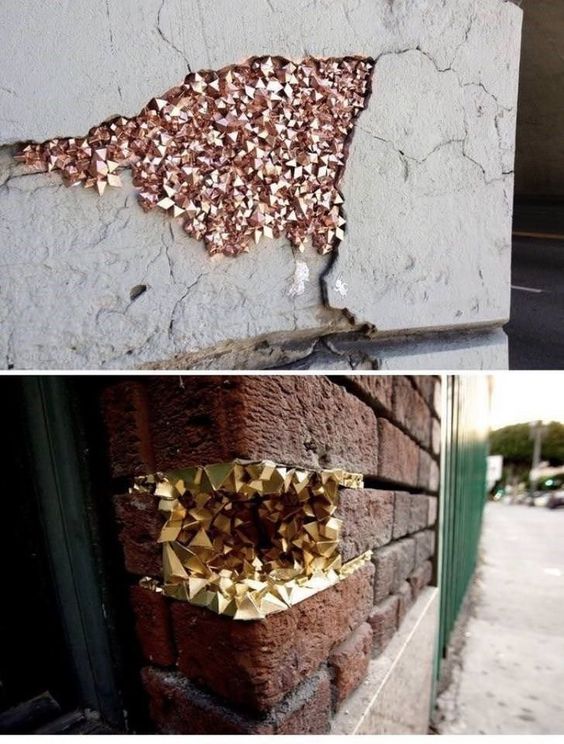
Image source: https://maisonelleinteriors.com/wabi-sabi-interiors/
Image source: https://i.pinimg.com/564x/d5/e7/a7/d5e7a7741edfbb30ca9e13d51d5e596d.jpg
Image source: http://www.sandra-aparicio.com/norm-architect-minimalisme-japonisme/
Ar. Mrudula Reddy
Master of Landscape Architecture
 Back
Back